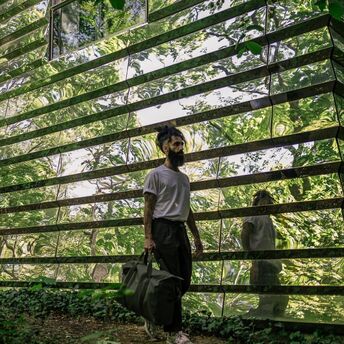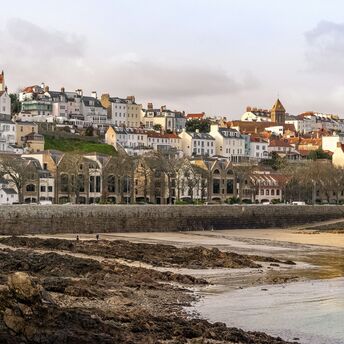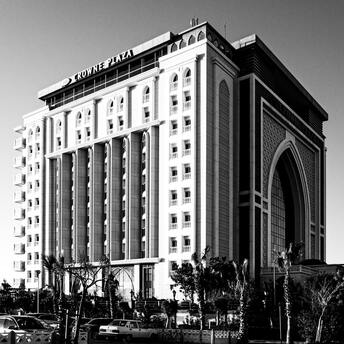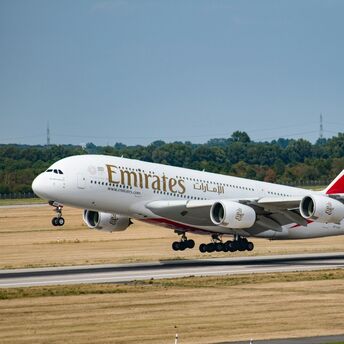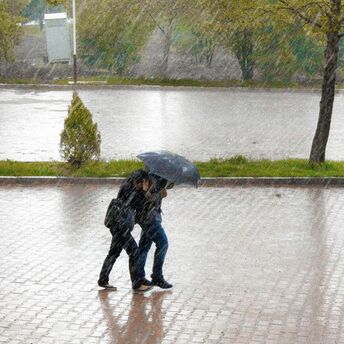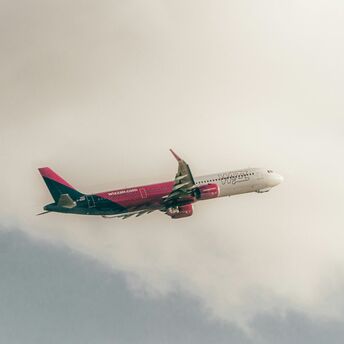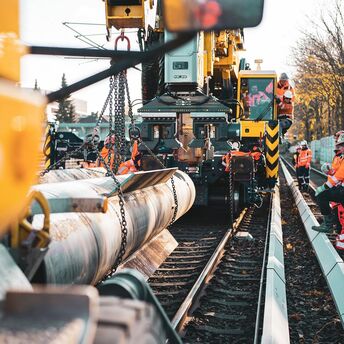Azuma Train Trial Hints at New London Arrival Option for Travellers
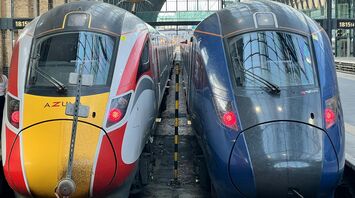
In a rare overnight operation on 28 March, LNER conducted a test run of its Azuma train between Leeds and London St Pancras. This marked the first time the operator diverted its service away from the East Coast Main Line (ECML) and into an alternative London terminal. The route saw the train leave the ECML at Doncaster, join the Midland Main Line at Chesterfield, and conclude at St Pancras station.
The test was part of LNER’s long-term strategy to manage disruptions caused by planned engineering works. A nine-car bi-mode Azuma unit, travelling without passengers, was used to assess the technical feasibility of rerouting. Safety, infrastructure compatibility, and journey timing were all under scrutiny, with the return journey also monitored. This trial is not of an immediate change, however it does provide the structure for future alternatives.
If implemented, the use of St Pancras during ECML closures could significantly reduce inconvenience for travellers. Instead of relying on replacement buses or indirect routes, passengers would be able to complete their journeys by train without unnecessary delays. For those travelling during weekends or peak maintenance periods, this shift could preserve travel plans and increase journey confidence.
The new route would also connect LNER passengers to a key transport interchange in central London. St Pancras provides not only access to the London Underground but also to domestic and international rail services, including Eurostar. That would open up travel for business and leisure travellers, as well as help north of England and continental Europe link-ups.
Generated for rail passengers, the test is more than a technical success— it signals improving adaptability to the British rail network. As infrastructure projects increase in scale and frequency, having flexible routing options becomes essential. If LNER moves forward with this plan, it could mark a turning point in how long-distance travel adapts to modern transport challenges.

